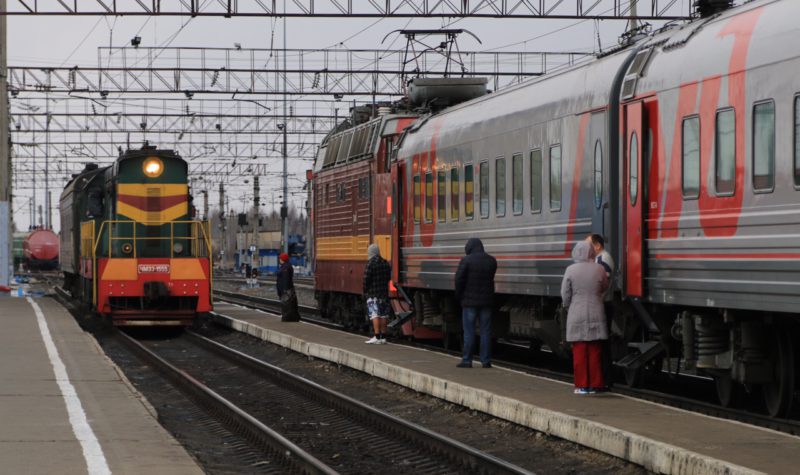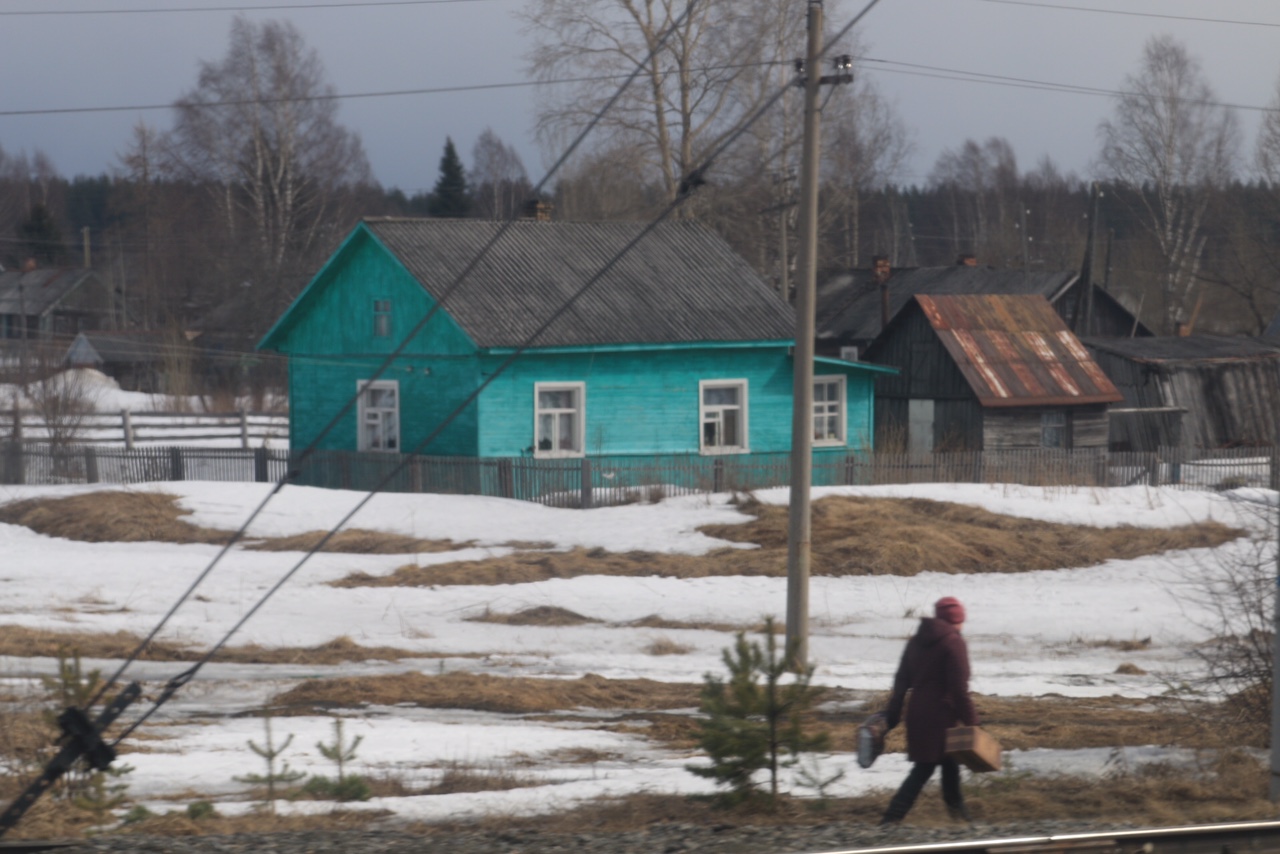The Arctic Dialogue is put to the test

In less than six weeks, four of the Arctic states have rolled out or will roll out their High North strategies. There are great ambitions for a ‘land’ that does not exist on the map. Because the Arctic is a state of mind as much as a geographic area.
Just over three weeks ago, I was in Arkhangelsk listening to Russian President Vladimir Putin presenting his vision for growth and peace in the north.
Not long after, the journey went to Bodø, where a.o. Prime Minister Erna Solberg and Foreign Minister Børge Brende presented the new Norwegian High North Strategy.
In just over a week, Fairbanks, Alaska is up.
For the first time a Republican secretary of state, Rex Tillerson, is expected to attend a top-level meeting of the Arctic Council. There is much curiosity about what ambitions Donald Trump’s administration has for the Arctic.
On the very same day, May 11, Finland takes over the chairmanship of the Arctic Council from the USA. Thus, the Finnish High North Strategy will also be presented.
The paradox of war
Right now I am back in Arkhangelsk, following a 24-hour train journey from Moscow. The endless taiga has been a faithful companion along the way. There are about 40 towns en route, but I have hardly seen anyone at all.

There is a large contrast from gigantic Moscow to the Russian countryside.
As is the Arctic. An almost infinite wilderness in sharp contrast to vibrating cities.
But also an international fellowship at a safe distance from brutal war areas.
Therein lies the paradox.
For while both the United States and Russia participate on each their side of conflicts further south, the dialogue in the north continues. The Arctic becomes the glue that keeps the world together, even in the midst of cruel brutality.
When Putin organized his grand, Arctic conference in Arkhangels, he did so under the slogan “The Arctic – Territory of Dialogue”.
The Norwegian High North Strategy also builds on international dialogue and cooperation, in particular in relation to our Russian neighbor.
The same is emphasized in the Finnish High North Strategy.
International summit
And even with Trump being the U.S. President, Tillerson will most definitely emphasize dialogue when he steps up to the podium in Fairbanks. This is further underlined by Russia’s Foreign Minister Sergei Lavrov’s participating at the meeting in Fairbanks.
For the record, other foreign ministers will also be attending, including Norway’s Børge Brende.
The situation was different when Canada passed the chairmanship to the United States two years ago. Following a heated war of words, where in particular Canada was very aggressive, Russia chose to miss out on the meeting — a meeting that was more or less just noted in the passing.
The question raised most often now, is whether the Arctic dialogue, the Arctic fellowship, is robust enough to withstand the conflicts that play out further south.
There is fear that the brutality shall spread, though most assume the contagiousness to be limited. Many argue that the situation in and around North Korea represents the biggest insecurity.
It also demonstrates most clearly how important the Arctic cooperation is.
The people are most important
The High North, or the Arctic, is the territory of dialogues; however, it is also the hope of millions of people fleeing from war and despots.
If the Arctic countries are to be able to continue their cooperation, it requires their continually placing the Arctic human at the center of their policies. Continued economic growth is a tool, not a goal in and of itself.
A tool for creating secure, social and democratic structures.
Because that is how we enable ourselves to help people who are about to lose their basic right of survival.
This text was translated by Elisabeth Bergquist, High North News.
The views expressed here are the writer’s and are not necessarily endorsed by Arctic Now, which welcomes a broad range of viewpoints. To submit a piece for consideration, email commentary (at) arcticnow.com.